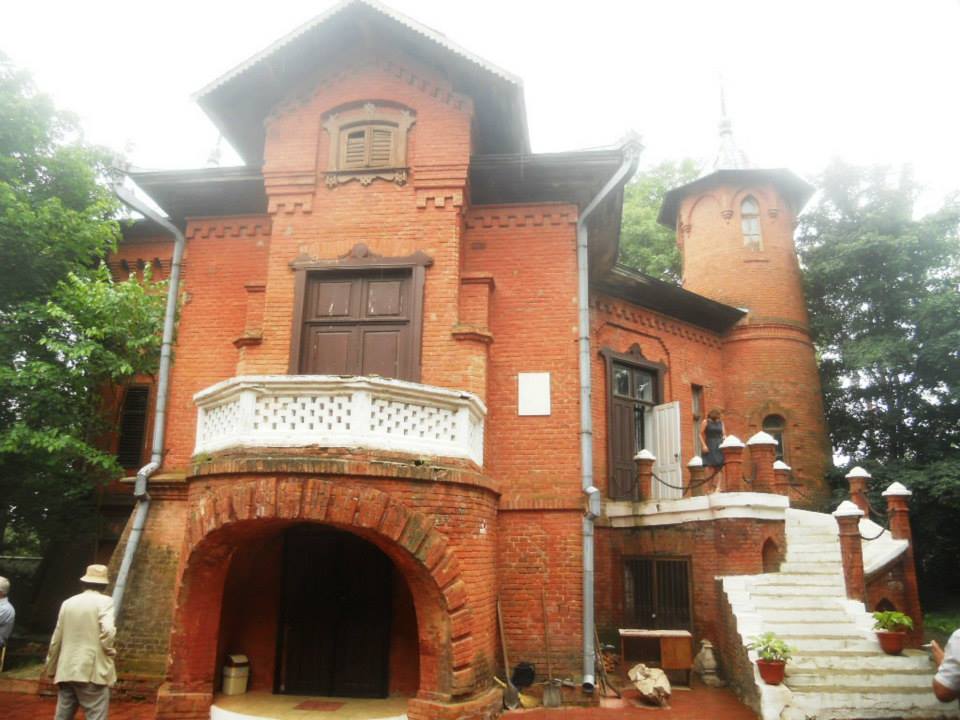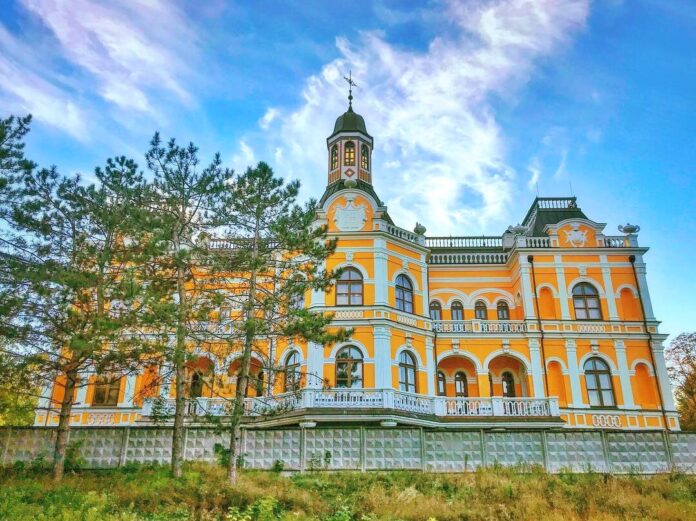Built at the beginning of the 19th century, in 1816, Manuc Bei Manor is an architectural monument located in the Hâncești district of the Republic of Moldova, with a rich history.
Although the manor bears his name, it was not actually built by the Armenian diplomat and merchant Manuc Bei Mîrzaian, as rumored (he passed away shortly after acquiring the Hâncești estate in 1817). Instead, it was constructed by his descendants – his son Murat, who initiated the construction of the noble villa, and his nephew, Grigore, who completed the works.
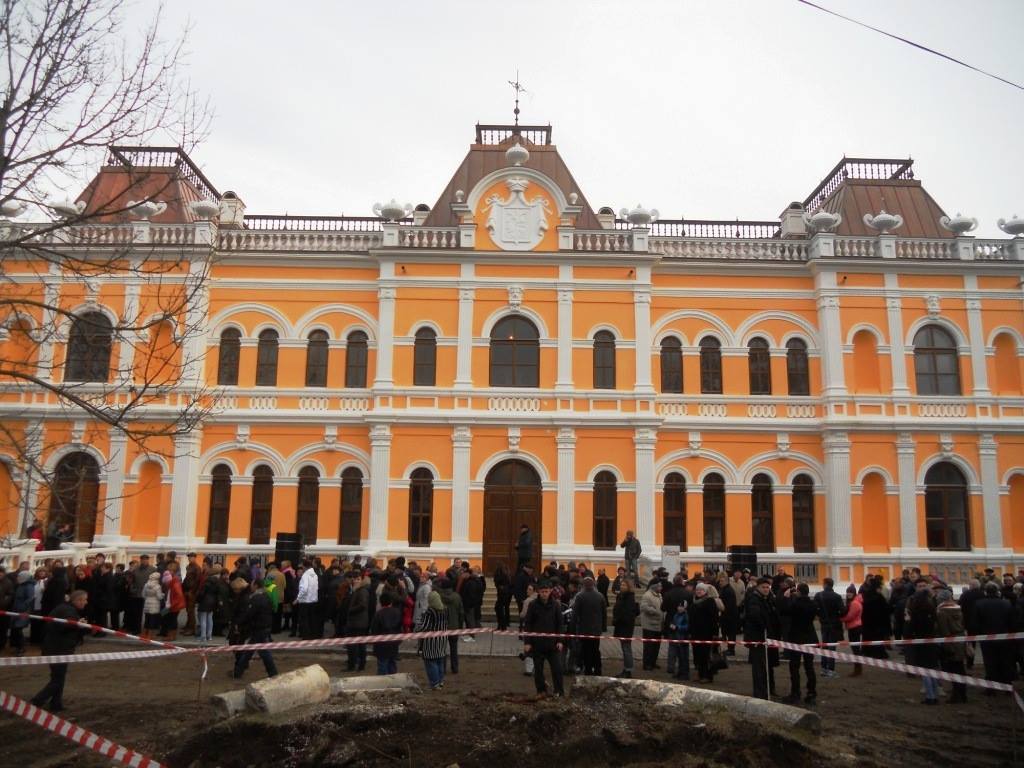
History
The history of Manuc Bei Manor begins with the merchant and diplomat Manuc-Emmanuel Mîrzoian, an Armenian by nationality, who moved from the Romanian city of Sibiu to Chișinău and purchased the Hâncești estate. Although the manor was built by his son and nephew, it carries his name. The two of them erected a castle in the French style, with a winter garden, guard towers, and a vast park.
The construction of the palace took over three years, while the entire manor took almost a century to complete. The estate of the manor also includes the Hunting Castle, the administrator’s house (the Old House), housing for servants, stables, a summer kitchen, and a church. Unfortunately, the Armenian-style church did not survive to this day. The composition of the manor also included a pond and two pools – one in front of the palace and the other between the palace and Ioniță Iamandi’s house. Initially, all the buildings of the estate were connected to the palace through glass galleries. However, today the manor includes only a few buildings: Manuc’s Palace, the Old House, the Countess’s Building, the Hunting Castle, and the Watchtower.
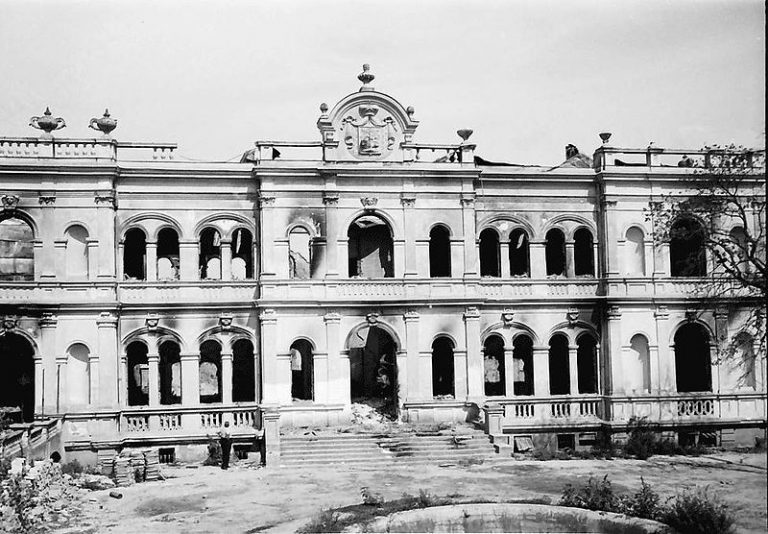
FOR THE MOST IMPORTANT NEWS, FOLLOW US ON TWITTER!
Manuc’s Palace
In 1881, the renowned architect Alexandru Bernardazzi was responsible for designing and constructing the Hunting Castle, surrounded by towers, a winter garden, and a small park. Researchers believe that long tunnels originate from the palace, one of which supposedly extends throughout Hâncești. Some of these galleries have been unearthed, and portions of these underground passages have served as cellars for the residents of Hâncești.
Over time, the manor has suffered greatly. In 1944, the castle was severely damaged during the bombings of World War II. Subsequently, the manor came under Soviet ownership, was restored, and handed over to the management of the local Construction College. However, after the earthquake in 1986, the manor was extensively damaged, and the college was relocated to another building. In the early 1970s, the restoration of the Hunting Castle began, and later it was transformed into the Historical-Ethnographic Museum, housing over 20,000 exhibits and various themed rooms. The ground floor exhibits objects from the Soviet period, information about Grigori Kotovski (a former military leader and communist political activist in Bessarabia), as well as traditional costumes dating back to the 14th century.
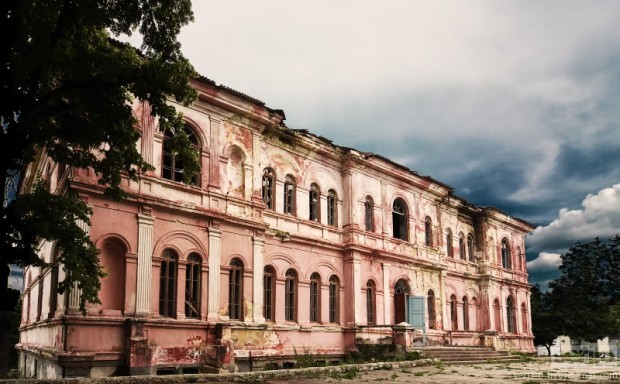
Damage to the main palace during World War II
The rest of the buildings continued to deteriorate, even though in 1993 the estate was granted the status of an architectural monument. It was only in 2011 that the estate was surrounded by a concrete wall, although it could still be easily accessed. The palace building appeared destroyed and extensively damaged, especially the facade. The same could be said for the Old House and Ioniță Iamandi’s house. This architectural monument was nothing more than ruined constructions with practically no future.
The restoration of Manuc Bei Manor
The extensive excavations carried out on the estate in 2013 served as the primary motivation for the restoration works, which began in 2014 through a financing project from the European Union.
The renovation works lasted nearly two years, but the result was splendid. The palace was restored in the Renaissance style, preserving the luxury and elegance in which the renowned noble family lived. The bedrooms, party halls, dining rooms, and offices within the palace were restored to their former glory.
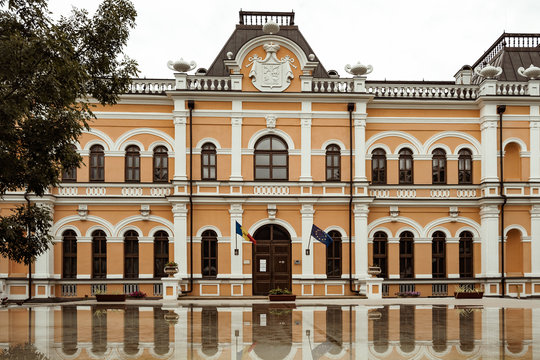
Several pieces of furniture were brought from Odessa, where Manuc Bei had another palace. Another portion of the furniture was made in Italy, following several original models. In order to recreate the authentic style of the 19th century in detail, over 60 specialists, including craftsmen from Moldova and Romania, worked on the restoration.
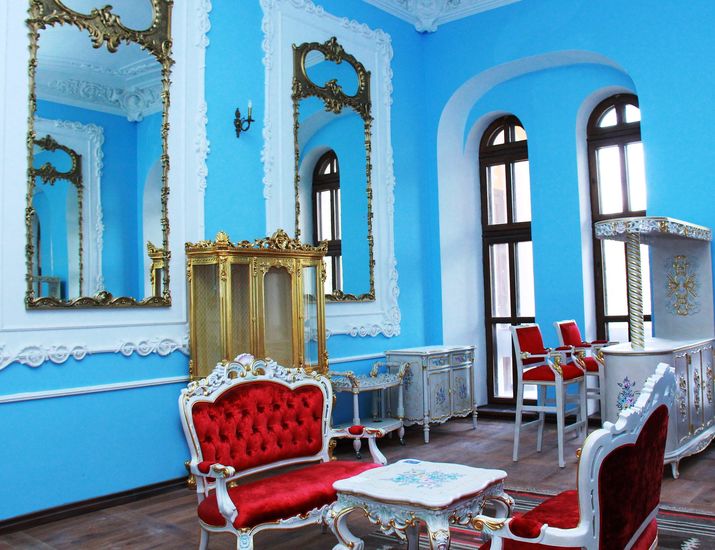
Today, Manuc Bei Manor enjoys dozens of visitors daily from all corners of the country and beyond its borders. The authorities hope that the monument will become one of the most attractive tourist destinations in the country.
